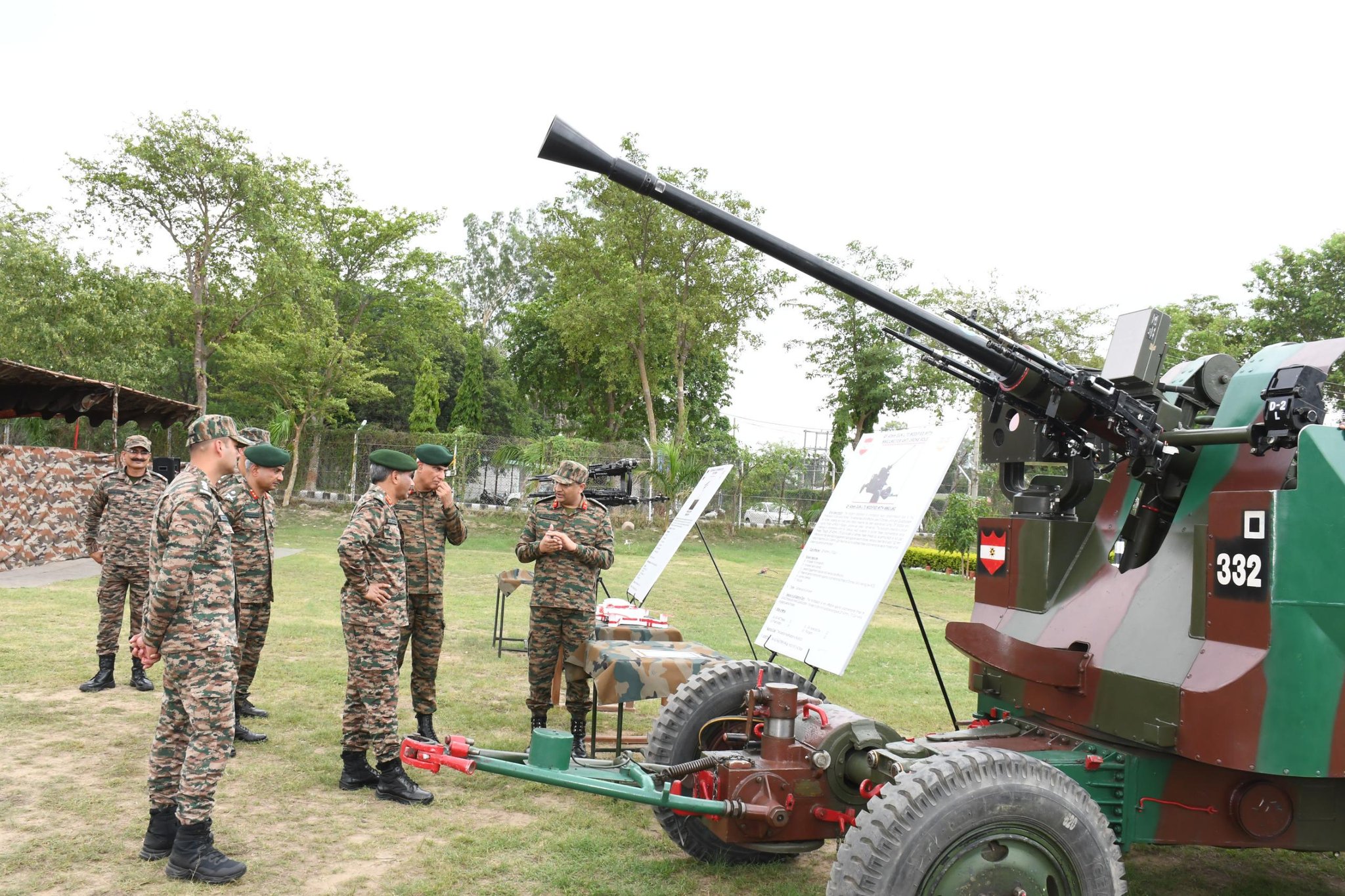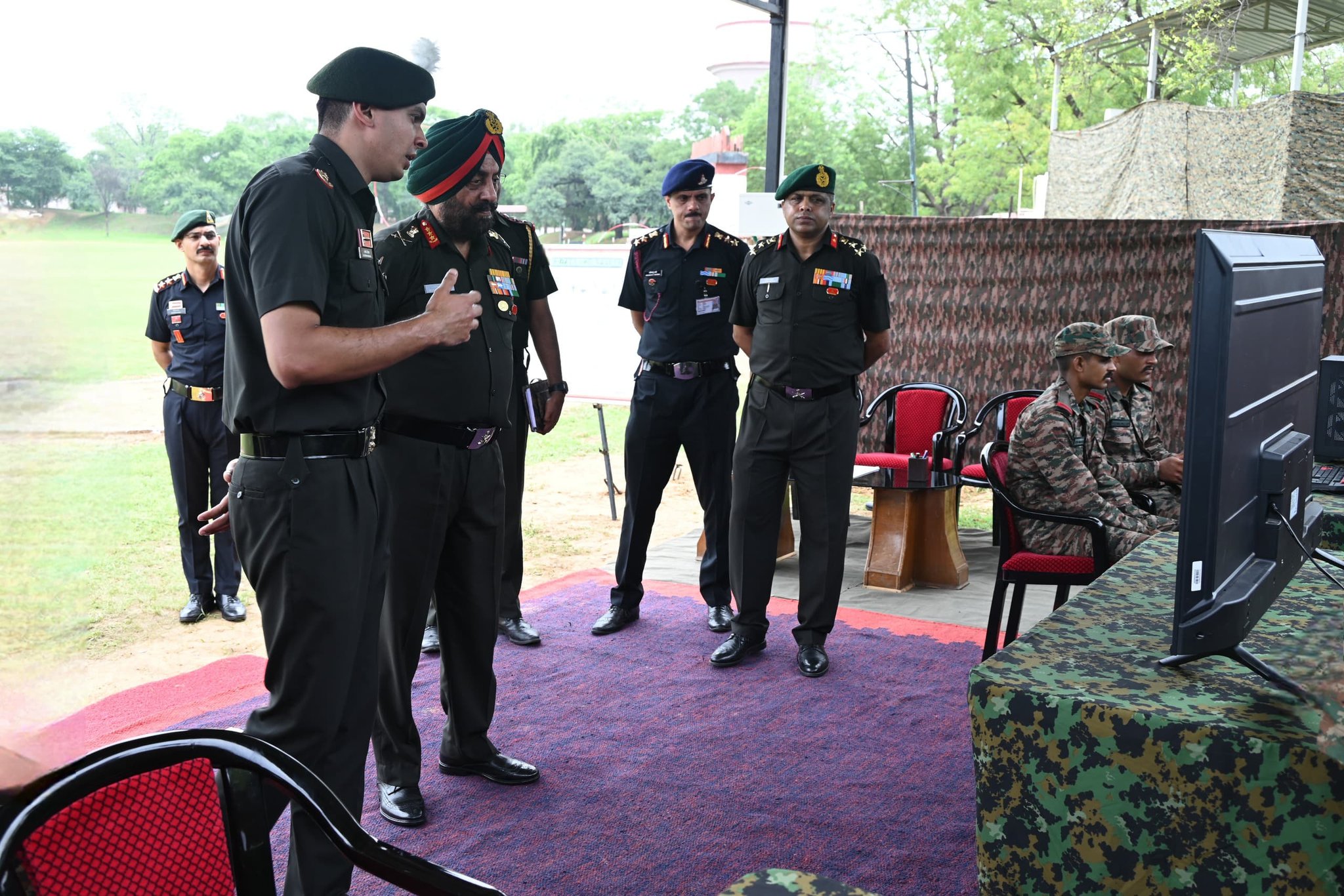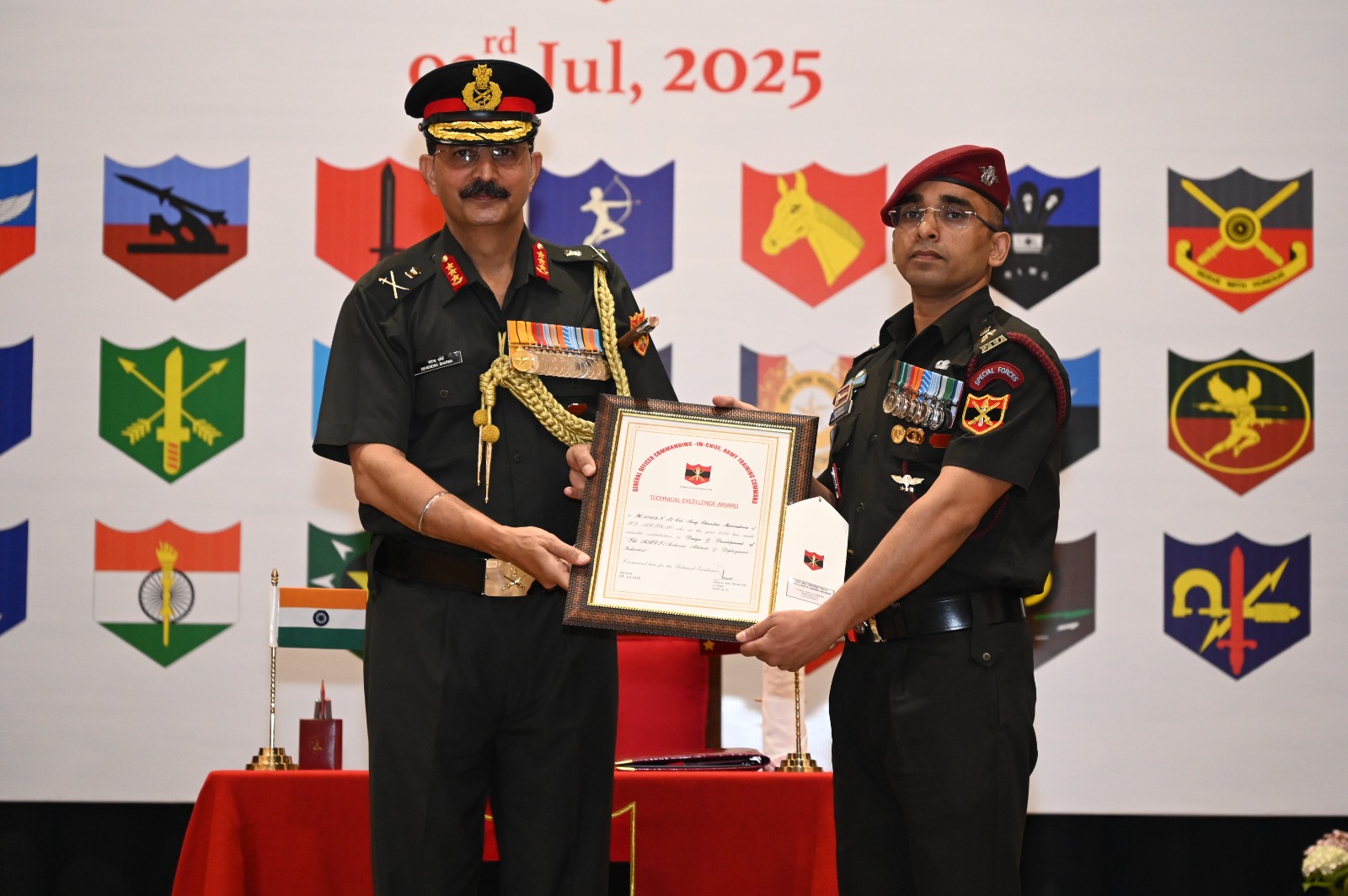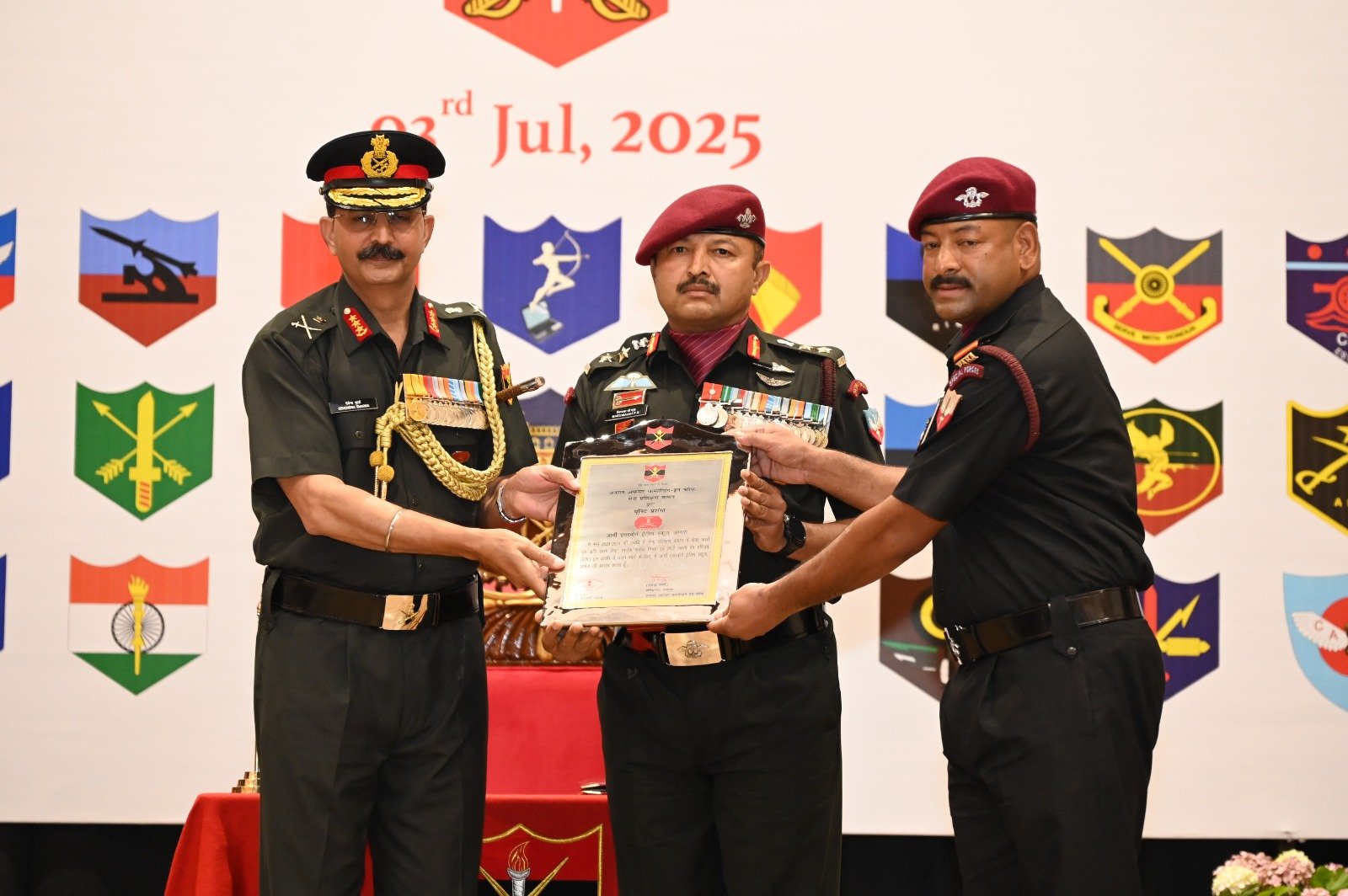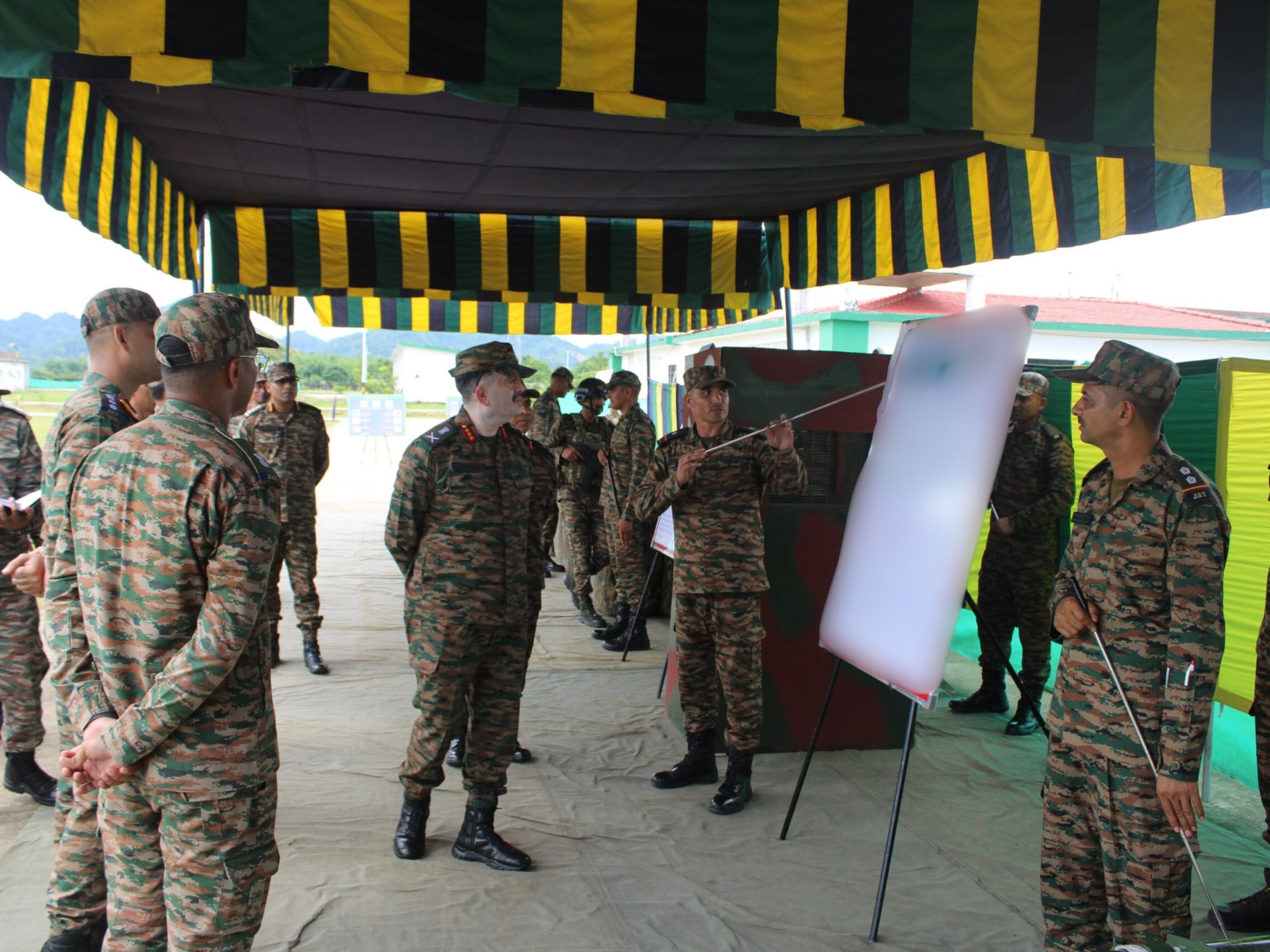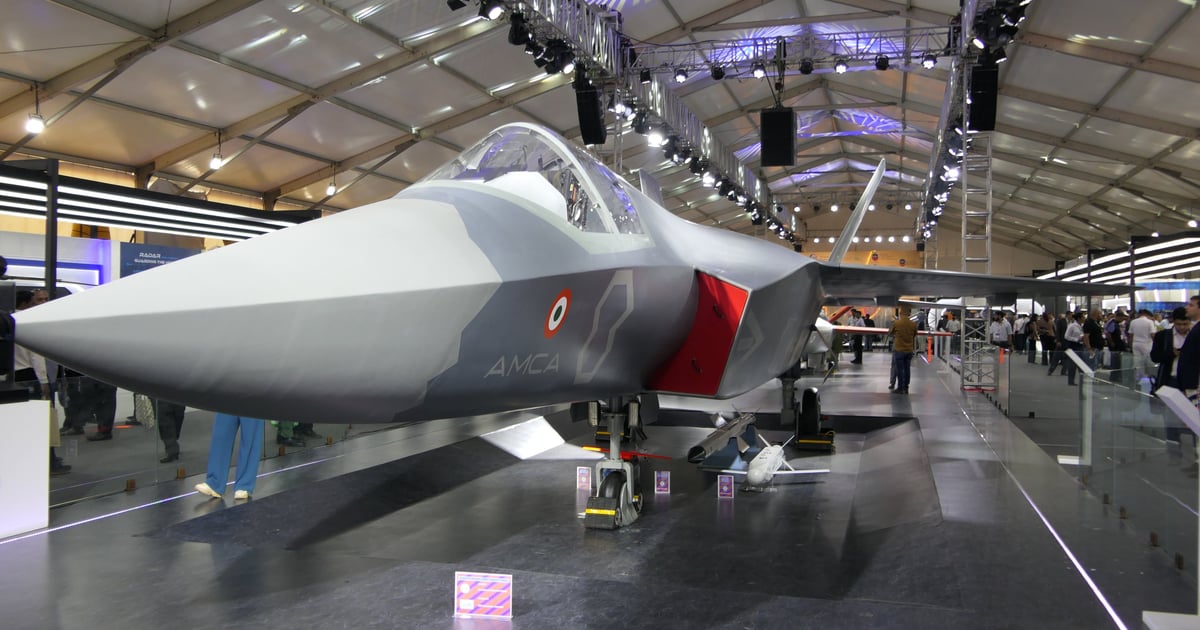Lt Gen Manoj Katiyar Reviews Rising Star Corps in Punjab; Highlights Cutting-Edge Systems and Integration of Drone Swarms
In a strong display of preparedness and modernization, Lieutenant General Manoj Kumar Katiyar, General Officer Commanding-in-Chief of the Indian Army’s…
Lt Gen Manjinder Singh Reviews Combat Readiness of Tanot Brigade and Russell Vipers
Lieutenant General Manjinder Singh, Army Commander of the Sapta Shakti Command, conducted a critical review of the operational readiness of…
Army Training Command Investiture Ceremony 2025: Excellence Awards Recognise Innovation and Digital Transformation
The Army Training Command (ARTRAC) held its prestigious Investiture Ceremony in Shimla today, where Lieutenant General Devendra Sharma, General Officer…
Army Training Command Investiture Ceremony 2025: GOC-in-C Unit Citations Awarded for Training Excellence
In a ceremony held at the Army Training Command (ARTRAC) headquarters in Shimla, Lt Gen Devendra Sharma, General Officer Commanding-in-Chief…
Lt Gen Abhijit S Pendharkar Reviews Spear Corps’ Readiness in Forward Areas of Arunachal
Lt Gen Abhijit S Pendharkar, General Officer Commanding of the Spear Corps, carried out a detailed review of forward Army…
Private Firms Raise Concerns Over HAL’s Advantage Ahead of Key AMCA Bid Meeting
Just ahead of a crucial pre-Expression of Interest (EOI) meeting scheduled for Friday, private aerospace firms have raised concerns that…

